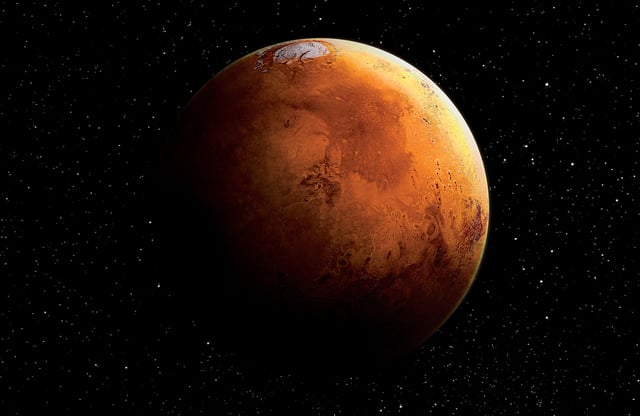Overview
- On March 1, 2025, Europa Clipper flew 550 miles above Mars, capturing over a thousand infrared images to test its Europa Thermal Imaging System (E-THEMIS).
- The thermal images, transmitted to Earth starting May 5, were compiled into a colorized composite, confirming E-THEMIS is functioning as intended.
- The flyby also allowed the spacecraft to test its radar system components together for the first time, with preliminary results indicating success.
- Mars Odyssey’s THEMIS instrument provided comparative data to ensure the accuracy of Europa Clipper’s thermal imaging system.
- Europa Clipper is now en route to its next gravity assist at Earth in 2026, with its ultimate goal of assessing Europa’s habitability through 49 planned flybys starting in 2031.

